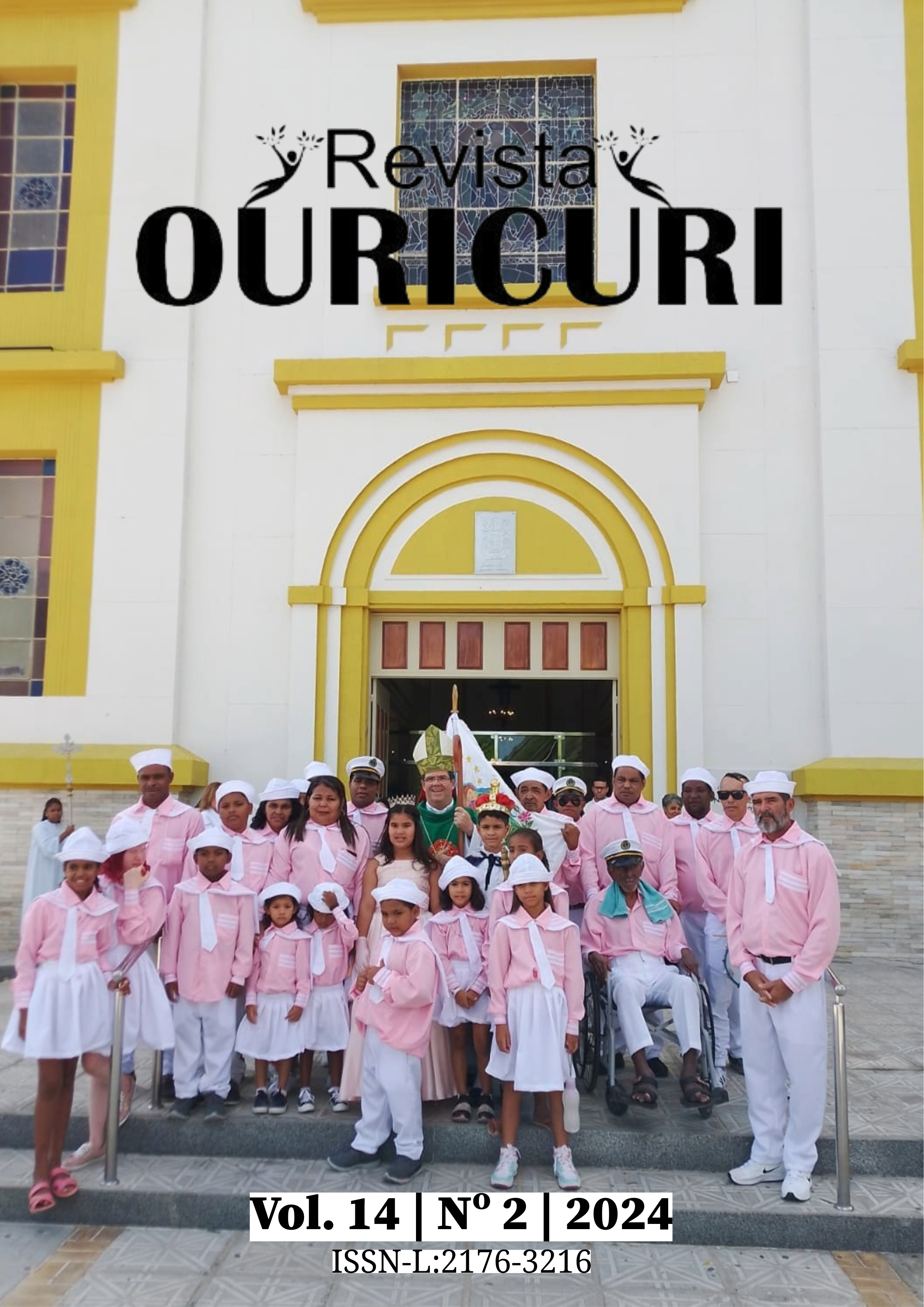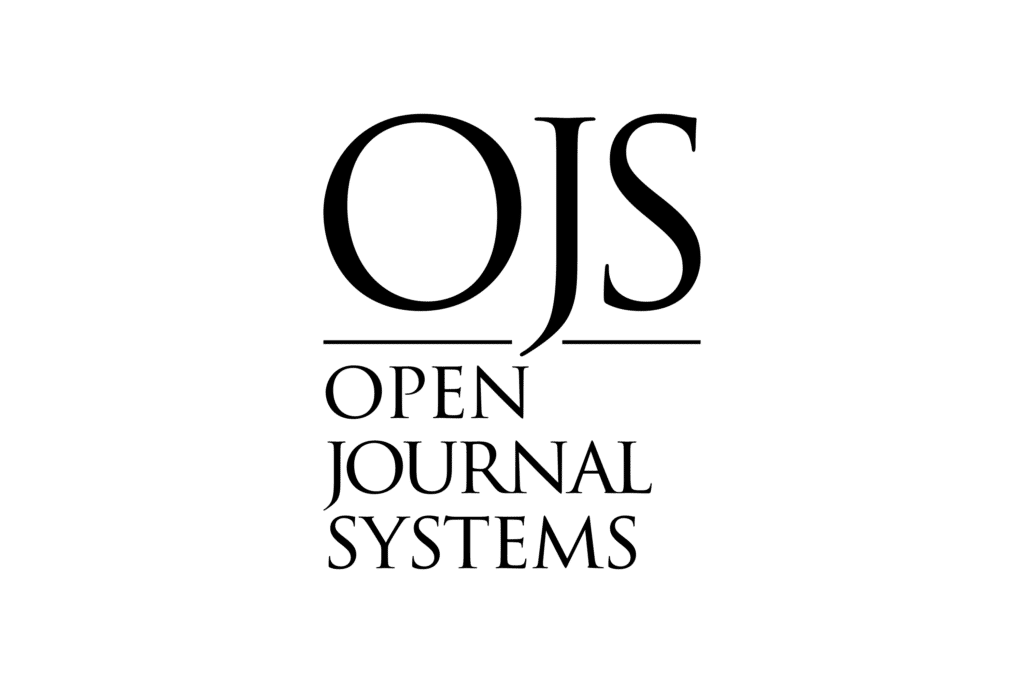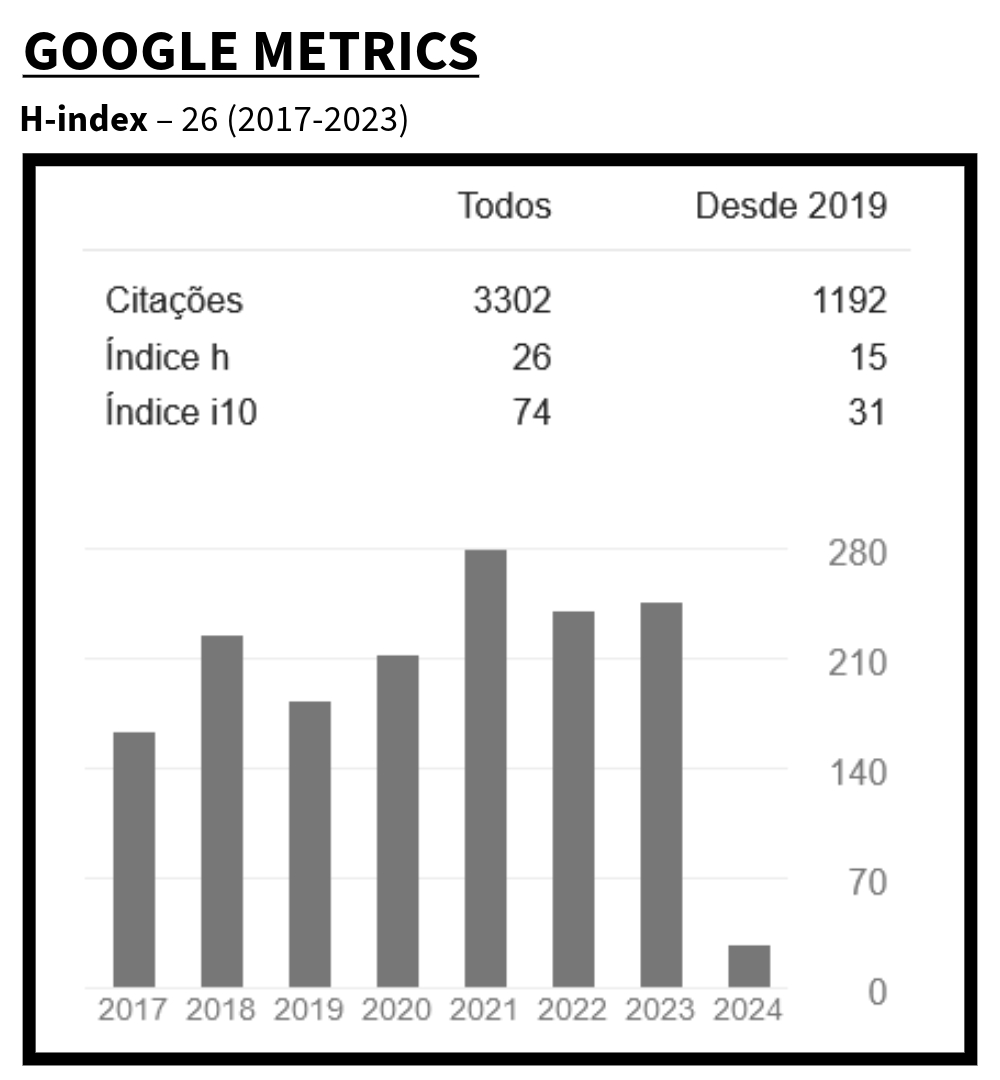Reuse of wind turbine composites in low-income housing
literature review applied in Fortaleza, Ceará
DOI:
https://doi.org/10.59360/ouricuri.vol14.i2.a19636Keywords:
Wind energy, Sustainability, Wind turbine blade repurposing, Affordable housing, Waste managementAbstract
The increasing demand for energy, exacerbated by climate change, underscores the need for sustainable sources such as wind energy, which is prominent in Brazil, especially in Ceará, a national leader with significant installed capacity. However, the expansion of wind energy generates waste, primarily from turbine blades, whose disposal presents environmental challenges. This study, based on a literature review and data analysis from relevant sources, investigates the social feasibility of repurposing decommissioned wind turbine blades for the construction of affordable housing in Fortaleza, promoting environmental sustainability and addressing the need for accessible housing. The findings indicate that while repurposing blades for housing structures is feasible, their complex composition and geometry pose significant challenges. The literature reveals various reuse possibilities, from structural elements to urban furniture, demonstrating that with appropriate approaches, wind turbine blades can contribute to waste reduction and improved housing conditions in disadvantaged areas. It concludes that collaboration between government, civil society, and the private sector is crucial to implementing innovative solutions that integrate environmental sustainability and social justice, transforming waste into valuable resources to address the housing deficit.
Downloads
References
Agência Nacional de Energia Elétrica (ANEEL). SIGA: Sistema de Informações de Geração da ANEEL. Disponível em: https://dadosabertos.aneel.gov.br/dataset/siga-sistema-de-informacoes-de-geracao-da-aneel. Data de referência de dados: 02 de janeiro de 2024). Acesso em: 08 de novembro de 2023.
Associação Brasileira de Energia Eólica e Novas Tecnologias (ABEEólica). Boletim Anual, 2021. 19 p. Disponível em: . Acesso em: 11 de novembro de 2023.
Associação Brasileira de Energia Eólica e Novas Tecnologias (ABEEólica). Boletim Anual, 2022. 19 p. Disponível em: . Acesso em: 11 de novembro de 2023.
Associação Brasileira de Incorporadoras Imobiliárias (ABRAINC). Déficit habitacional é recorde no País. 7 de janeiro de 2019. Disponível em: https://www.abrainc.org.br/noticias/2019/01/07/deficit-habitacional-e-recorde-no-pais/. Acesso em: 02 de novembro de 2023.
Akbar, A.; Liew, K. M. Assessing recycling potential of carbon fiber reinforced plastic waste in production of eco-efficient cement-based materials. Journal of Cleaner Production, v. 274, 123001, 2020. DOI: 10.1016/j.jclepro.2020.123001.
Alshannaq, A.A.; Bank, L.C.; Scott, D.W.; Gentry, R. A DecommissionedWind Blade as a Second-Life Construction Material for a Transmission Pole. Constr. Mater. 2021, 1, 95–104. DOI: 10.3390/constrmater1020007.
Bank, L. C. et al. Concepts for Reusing Composite Materials from Decommissioned Wind Turbine Blades in Affordable Housing. Recycling, v. 3, n. 3, 2018. DOI: 10.3390/recycling3010003.
Beauson, J. et al. Recycling of Shredded Composites from Wind Turbine Blades in New Thermoset Polymer Composites. Composites: Part A, Roskilde, Dinamarca, v. 90, julho 2016, p. 390-399. DOI: 10.1016/j.compositesa.2016.07.009.
Canal Habitação - Prefeitura Municipal de Fortaleza. Habitafor. Disponível em: https://habitacao.fortaleza.ce.gov.br/inicio/habitafor-fortaleza.html. Acesso em: 02 de novembro de 2023.
Bichara, Jean-Pierre; Bezerra, Renata de Almeida. A participação das cidades no combate à mudança climática: a omissão do município de Natal. Revista FIDES, v. 13, n. 1, p. 60-79, 29 abr. 2022. DOI: 10.5281/zenodo.6599.
Canal Habitação - Prefeitura Municipal de Fortaleza. Habitafor. Disponível em: https://habitacao.fortaleza.ce.gov.br/inicio/habitafor-fortaleza.html. Acesso em: 02 de novembro de 2023.
Empresa de Pesquisa Energética (EPE). Ministério de Minas e Energia. Nota Técnica DEA 13/15 - Demanda de Energia 2050. Rio de Janeiro, janeiro de 2016.
Global Wind Energy Council (GWEC). Global Wind Report: 2022. Organização: Global Wind Energy Council. Autores: LEE, Joyce; ZHAO, Feng. Disponível em: https://gwec.net/global-wind-report-2022/.
Global Wind Energy Council (GWEC) - Indústria Eólica teve seu segundo melhor ano, mas zerar as emissões líquidas de gases de efeito estufa requer avanço político, 2022.
Geiger, R.; Hannan, Y.; Travia, W.; Naboni, R.; Schlette, C. Composite wind turbine blade recycling: Value creation through Industry 4.0 to enable circularity in repurposing of composites. IOP Conference Series: Materials Science and Engineering, v. 942, 012016, 2020. DOI: 10.1088/1757-899X/942/1/012016.
Gentry, T.R., Al-Haddad, T., Bank, L.C., Arias, F.R., Nagle, A., Leahy, P., 2020. Structural Analysis of a Roof Extracted from a Wind Turbine Blade. J. Archit. Eng. 26, 04020040. DOI: 10.1061/(asce)ae.1943-5568.0000440.
Jensen, J.P.; Skelton, K. Wind Turbine Blade Recycling: Experiences, Challenges, and Possibilities in a Circular Economy. Renewable and Sustainable Energy Reviews, v. 97, 2018, p. 165–176. DOI: 10.1016/J.RSER.2018.08.041.
Joustra, Jelle; Flipsen, Bas; Balkenende, Ruud. Structural Reuse of High-End Composite Products: A Design Case Study on Wind Turbine Blades. Resources, Conservation & Recycling, v. 167, 2021. DOI: 10.1016/j.resconrec.2020.105393.
Kraulis, A.E.; Karl, C.W.; Gagani, A.I.; Jørgensen, J.K. Composite Material Recycling Technology—State-of-the-Art and Sustainable Development for the 2020s. J. Compos. Sci. 2021, 5, 28. DOI: 10.3390/jcs5010028 .
Kwon, E., Pehlken, A., Thoben, K.D., Bazylak, A., Shu, L.H., 2019. Visual Similarity to Aid Alternative-Use Concept Generation for Retired Wind-Turbine Blades. J. Mech. Des. Trans. ASME 141, 1–13. DOI: 10.1115/1.4042336.
Lucena, Juliana de Almeida Yanaguizawa Energia eólica: volume 4 [recurso eletrônico] / Juliana de Almeida Yanaguizawa Lucena. - Florianópolis: ENBPar /IFSC, 2023. 134 p.:il. color. (Projeto EnergIF, vol.4).
Liu, P.; Barlow, Y. Wind Turbine Blade Waste in 2050. Waste Management, Cambridge, Reino Unido Grã-Bretanha, v. 62, p. 229-240, fevereiro de 2017. DOI: 10.1016/j.wasman.2017.02.007.
Marsh, G. What’s to be done with ‘Spent’ Wind Turbine Blades? Renewable Energy Focus, v. 22, p. 20-23, dezembro de 2017. DOI: 10.1016/j.ref.2017.10.002.
Mishnaevsky, L. Jr. Sustainable End-of-Life Management of Wind Turbine Blades: Overview of Current and Coming Solutions. Materials, v. 14, 2021. DOI: 10.3390/ma14051124.
Nobrega, A. C. O.; Silva, A. A. B. da; Cidrão, T. V. (2021). Os assentamentos precários em Fortaleza: um breve panorama da qualidade de vida dos excluídos. Revista De Direito Da Cidade, 13(2), 1023–1051. DOI: 10.12957/rdc.2021.64644.
Plano Local de Habitação de Interesse Social (PLHISFOR). Resumo - Diagnóstico Preliminar. Produto III. Novembro de 2010. Disponível em: https://acervo.fortaleza.ce.gov.br/download-file/documentById?id=fcd18692-a091-4677-ac71-346c5cff1010. Acesso em: 21 dedezembro de 2023.
Ratner, S.; Gomonov, K.; Revinova, S.; Lazanyuk, I. Eco-design of energy production systems: The problem of renewable energy capacity recycling. Applied Sciences, v. 10, n. 12, p. 4339, 2020. DOI: 10.3390/app10124339.
Reges, J. P. et al. Thermographic image processing application in solar followers. IEEE Latin America Transactions, IEEE, v. 13, n. 10, p. 3350–3358, 2015. DOI: 10.1109/TLA.2015.7387242.
Re-Wind Network. The Re-Wind Network [WWW Document]. Disponível em: https://www.re-wind.info/. Acesso em: 18 de dezembro de 2023.
Ruane, K., Zhang, Z., Nagle, A.J., Huynh, A., Alshannaq, A.A., Mcdonald, A., Leahy, P.G., Soutsos, M., McKinley, J.M., Russell Gentry, T., Bank, L.C., 2022. Material and Structural Characterization of a Wind Turbine Blade for use as a Bridge (Accepted for Jan, 2022 Conference), in: 102nd Annual Transportation Research Board. Washington D.C. DOI: 10.1177/03611981221083619.
Shooshtarian, S., Caldera, S., Maqsood, T., Ryley, T., 2020. Using recycled construction and demolition waste products: A review of stakeholders’ perceptions, decisions, and motivations. Recycling 5, 1–16. DOI: 10.3390/recycling5040031.
Somer, V.; Stockschlader, J.; Walther, G. Estimation of glass and carbon fiber reinforced plastic waste from end-of-life rotor blades of wind power plants within the European Union. Waste Management, v. 115, 2020, p. 83-94. DOI: 10.1016/j.wasman.2020.06.043.
Tasistro-Hart, B. et al. Reconstruction of wind turbine blade geometry and internal structure from point cloud data. In: Computing in Civil Engineering 2019: Data, Sensing, and Analytics - Selected Papers from the ASCE International Conference on Computing in Civil Engineering 2019. American Society of Civil Engineers (ASCE), 2019. DOI:10.1061/9780784482438.017.
Wind Europe. Accelerating Wind Turbine Blade Circularity, 2020. Disponível em: https://windeurope.org/data-and-analysis/product/?id=86. Acesso em: 19 de dezembro de 2023.
Yazdanbakhsh, Ardavan et al. Concrete with discrete slender elements from mechanically recycled wind turbine blades. Resources, Conservation and Recycling, v. 128, 2018. DOI: 10.1016/j.resconrec.2017.08.005.
Published
How to Cite
Issue
Section
License
Copyright (c) 2024 Michell Anderson Souza Andrade, Erika da Justa Teixeira Rocha, Auzuir Ripardo de Alexandria

This work is licensed under a Creative Commons Attribution-NonCommercial 4.0 International License.
Authors who publish in this journal agree to the following terms:
a) Authors maintain copyright and grant the magazine the right of first publication, with the work simultaneously licensed under the Creative Commons Attribution License which allows sharing of the work with recognition of authorship and initial publication in this magazine.
b) Authors are authorized to enter into additional contracts separately, for non-exclusive distribution of the version of the work published in this journal (e.g., publishing in an institutional repository or as a book chapter), with recognition of authorship and initial publication in this journal.
c) Authors are allowed and encouraged to publish and distribute their work online (e.g. in institutional repositories or on their personal page) as this can increase the impact and citation of the published work (See The Effect of Open Access).













 B1 (2017-2020)
B1 (2017-2020)



















